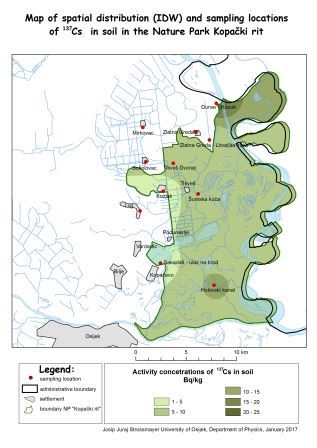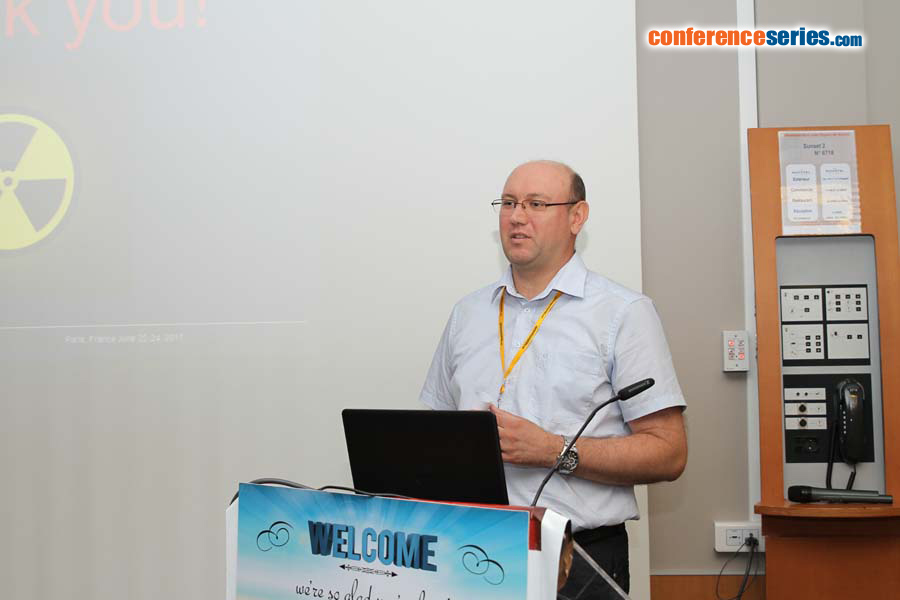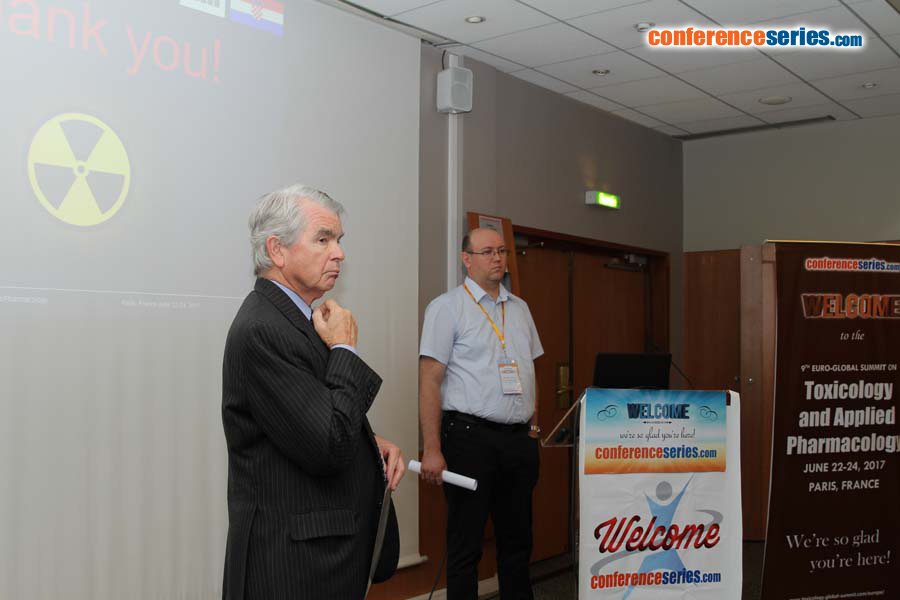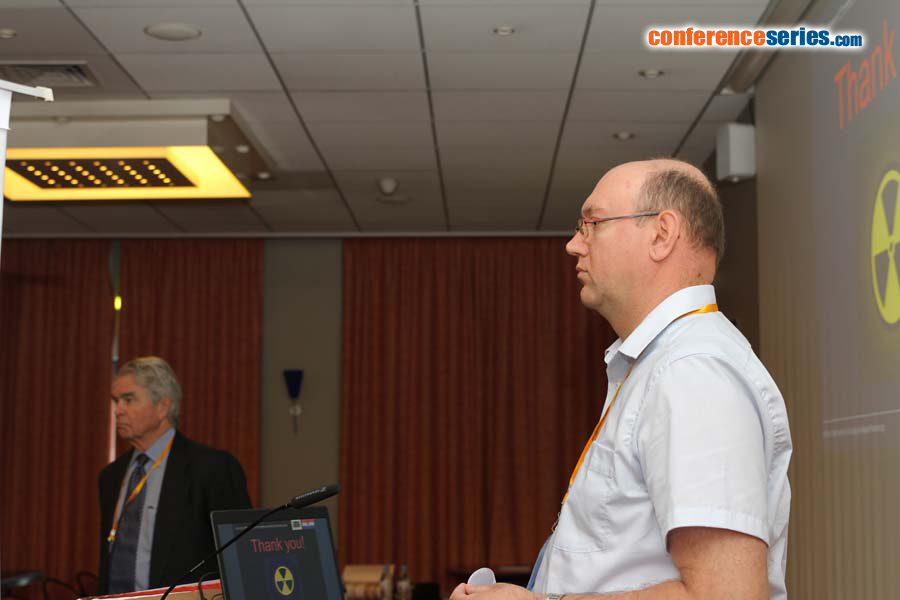
Branko Petrinec
Institute for Medical Research and Occupational Health, Croatia
Title: Influence of 137Cs on the wildlife in the KopaÄki Rit nature park, Croatia
Biography
Biography: Branko Petrinec
Abstract
We collected samples in accordance with the standard procedures recommended by the International Atomic Energy Association, within an internal project of the Institute for Medical Research and Occupational Health and in collaboration with the Physics department of the University of Osijek. The activity concentration of 137Cs was determined using a high-purity germanium gamma-ray spectrometry system (FWHM of 2.24 keV and relative efficiency of 74.2%, all at 1.33 MeV 60Co). The measured activity concentrations in soil from 11 locations range from 1.81±0.16 Bq/kg (Kozjak) to 10.65±0.26 Bq/kg (Hulovski channel), averaging to of 7.20±5.57 Bq/kg which is comparable to other parts of Croatia. Data sets consisting of measured activity concentrations of 137Cs in soil and water samples within the boundaries of the Nature Park Kopacki Rit were used for the risk assessment for the wildlife and dose rates for freshwater and terrestrial organisms were estimated. For the freshwater ecosystem in KopaÄki Rit, the highest risk quotient (RQ) values were obtained for “pelagic fish” 0.038 and “amphibian” 0.037, respectively. Appropriate dose rates were below the screening level of 10 μGy h-1: amphibian 0.37 μGy h-1, bird 0.27 μGy h-1, insect larvae 0.12 μGy h-1, mammal 0.29 μGy h-1, pelagic fish 0.38 μGy h-1 and vascular plant 0.022 μGy h-1. Also, for terrestrial ecosystems, all RQs are far below 1 (the highest values are 0.0013 for “lichen”, 0.0019 for “small mammal” and 0.0027 for “large mammal”) and the dose rates to species studied were clearly below the screening level of 10 μGy h-1 (one-thousandth of this value: 0.0128 μGy h-1 for the lichen, 0.0196 μGy h-1 and 0.0277 μGy h-1 for small and large mammals, respectively) indicating no significant impact of the 137Cs fallout on all of the investigated species.
Recent Publications
1. PaviÄić-Hamer D, Barišić D, Šimunac B, Petrinec B, Štrok M (2016) 137Cs distribution in the Northern Adriatic Sea. Journal of Radioanalytical and Nuclear Chemistry 309: 989-998.
2. Franić Z, Šega K, Petrinec B, Marović G (2009) Long-term investigations of post-Chernobyl radiocaesium in fallout and air in North Croatia. Environmental Monitoring and Assessment 148: 315-323
3. Petrinec B, Štrok M, Franić Z, Smodiš B, PaviÄić-Hamer D (2013) Radionuclides in Adriatic Sea and related dose rate assessment for marine biota. Radiation protection dosimetry 154(3): 320-330.
4. Šoštarić M, Petrinec B, Babić D (2013) 137Cs in soil and fallout around Zagreb (Croatia) at the time of the Fukushima accident. Archives of Industrial Hygiene and Toxicology 64(4): 561-565.
5. Franić Z, Petrinec B, Marović G, Franić Z (2007) Radiocaesium activity concentrations in potatoes in Croatia after the Chernobyl accident and dose assessment. Journal of Environmental Science and Health - Part B: Pesticides, Food Contaminants, and Agricultural Wastes 42(2): 211-217.





